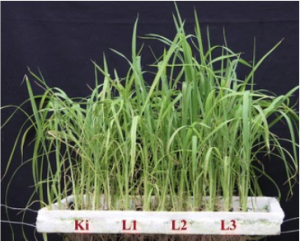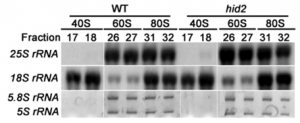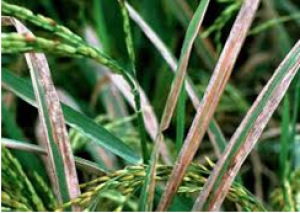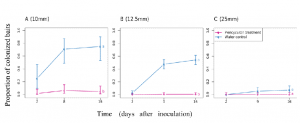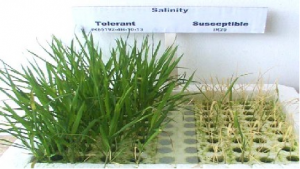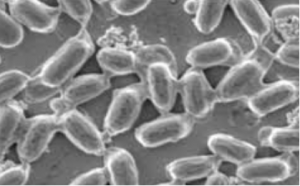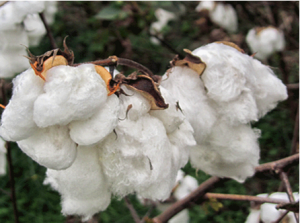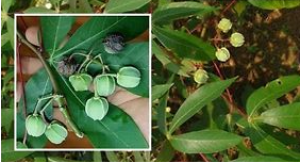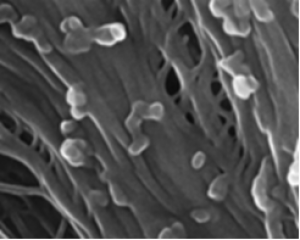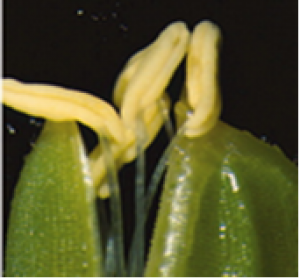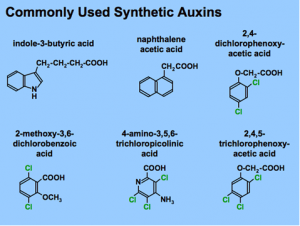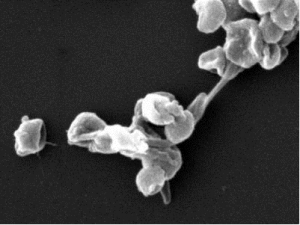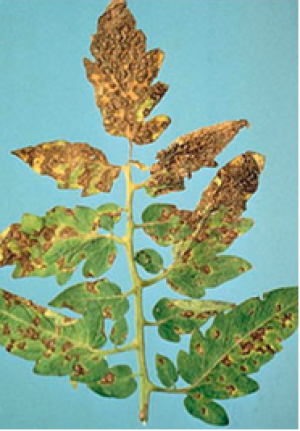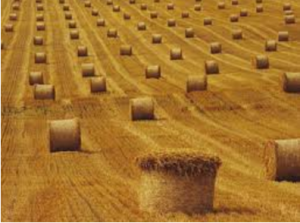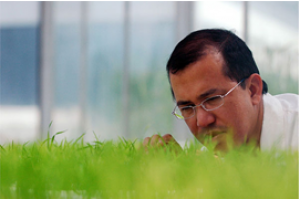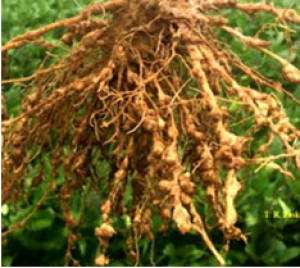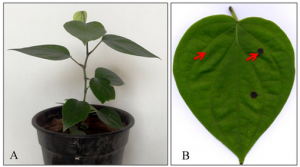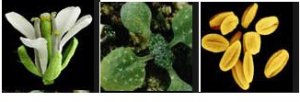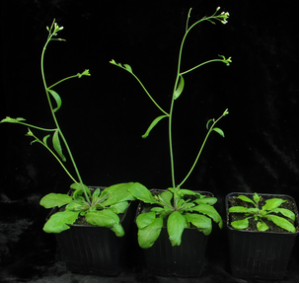|
Genome-wide identification of Pseudomonas syringae genes required for fitness during colonization of the leaf surface and apoplast
Saturday, 2019/09/21 | 08:03:18
|
|
Tyler C. Helmann, Adam M. Deutschbauer, and Steven E. Lindow PNAS September 17, 2019 116 (38) 18900-18910 SignificanceMany plant pathogenic bacteria can extensively colonize leaf surfaces before entry and multiplication within the leaf to cause disease. While these habitats presumably require distinct adaptations, the genes required in these habitats and how they would differ was unknown. Using a genome-wide library of barcoded insertional mutants in the plant pathogen Pseudomonas syringae, we ascertained the genes required to colonize these habitats. A lack of association between gene expression and a detectable contribution to fitness suggests that many genes that are highly expressed or induced in planta are dispensable or redundant in the environment examined. As a model bacterium for plant pathogenesis and colonization, our comprehensive genetic dataset allows us to better understand the traits needed for association with leaves. AbstractThe foliar plant pathogen Pseudomonas syringae can establish large epiphytic populations on leaf surfaces before apoplastic colonization. However, the bacterial genes that contribute to these lifestyles have not been completely defined. The fitness contributions of 4,296 genes in P. syringae pv. syringae B728a were determined by genome-wide fitness profiling with a randomly barcoded transposon mutant library that was grown on the leaf surface and in the apoplast of the susceptible plant Phaseolus vulgaris. Genes within the functional categories of amino acid and polysaccharide (including alginate) biosynthesis contributed most to fitness both on the leaf surface (epiphytic) and in the leaf interior (apoplast), while genes involved in type III secretion system and syringomycin synthesis were primarily important in the apoplast. Numerous other genes that had not been previously associated with in planta growth were also required for maximum epiphytic or apoplastic fitness. Fourteen hypothetical proteins and uncategorized glycosyltransferases were also required for maximum competitive fitness in and on leaves. For most genes, no relationship was seen between fitness in planta and either the magnitude of their expression in planta or degree of induction in planta compared to in vitro conditions measured in other studies. A lack of association of gene expression and fitness has important implications for the interpretation of transcriptional information and our broad understanding of plant–microbe interactions.
See https://www.pnas.org/content/116/38/18900
Figure 1: Rank-ordered mean gene fitness values for each condition in which P. syringae was grown. Fitness values for independent replicate experiments are shown in gray, while mean fitness values are plotted in black. Gene-fitness values are calculated as the log2 ratio of the barcode counts following growth in a given condition compared to the barcode counts from midlog phase cultures following library outgrowth and before inoculation. Fitness values are normalized across the genome so the typical gene has a fitness value of 0. Black lines at fitness values of −2 and 2 are used to indicate strong phenotypes; for example, a value of −2 indicates that mutants in that gene were 25% as fit as the typical strain in the mutant library. In each dataset, fitness values less than −2 or greater than 2 are more than 3 SDs from the mean (∼0). |
|
|
|
[ Other News ]___________________________________________________
|


 Curently online :
Curently online :
 Total visitors :
Total visitors :
(35).png)
